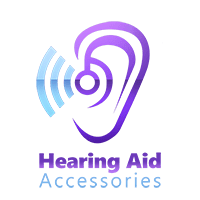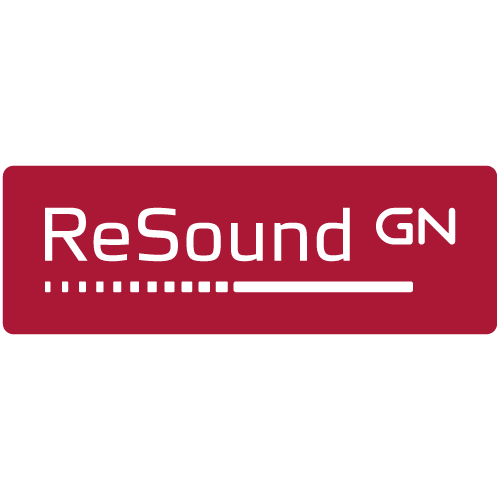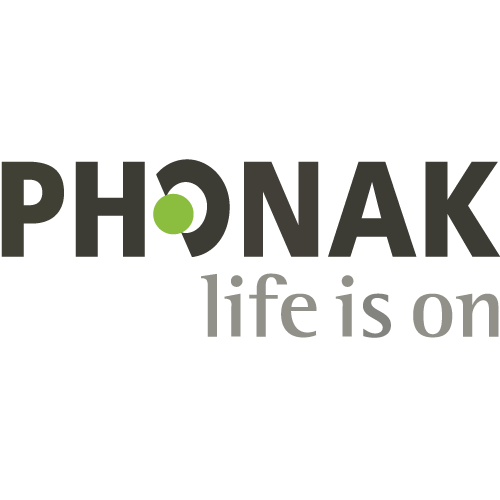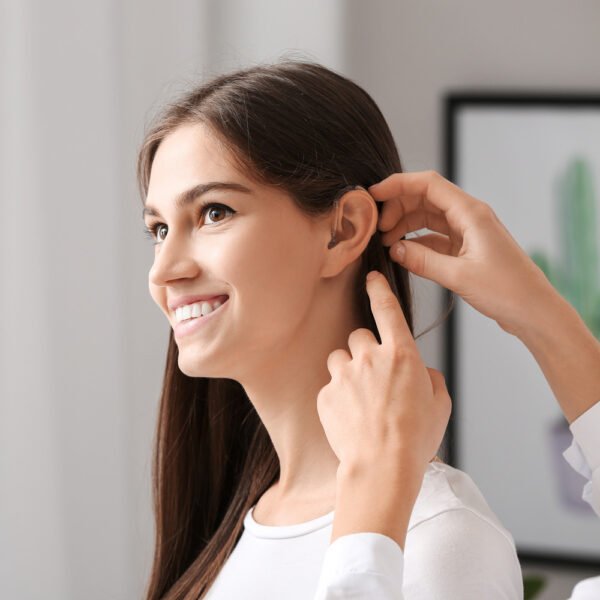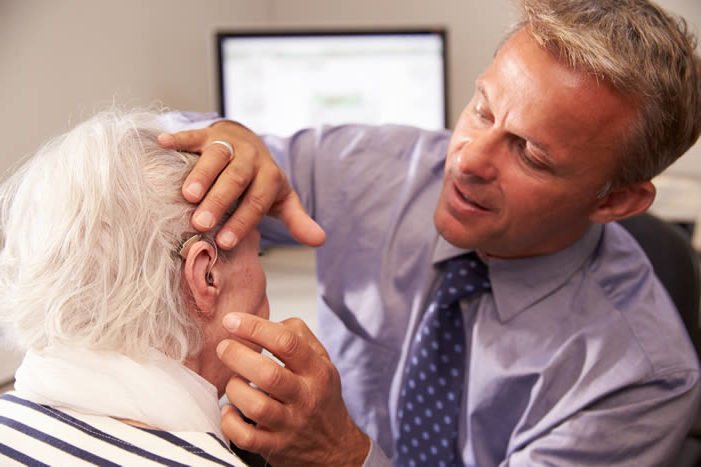One common issue that many hearing aid wearers face is managing earwax buildup. Earwax, while natural and necessary for ear health, can adversely affect the performance of your hearing aids, leading to issues like muffled sound or frequent maintenance needs. In this blog post, we’ll explore effective strategies for managing earwax as a hearing aid wearer, ensuring your device remains clear and functional for optimal hearing assistance.
Understanding Earwax and Its Impact on Hearing Aids
Earwax, or cerumen, is a natural substance produced by glands in the ear canal. It is a mixture of secretions from sebaceous and sweat glands, along with dead skin cells and other debris. This waxy substance plays a crucial role in maintaining ear health, as it protects the ear from dust, microorganisms, and other foreign particles, while also providing lubrication to the ear canal.
However, for hearing aid users, the presence of earwax can present unique challenges. Excess earwax buildup, which can be exacerbated by the regular use of hearing aids, can lead to several issues that affect both the user’s comfort and the functionality of the hearing device. Some of the common problems include:
- Reduced sound quality and volume
- Increased feedback and whistling sounds
- Potential damage to hearing aid components
Managing earwax effectively is therefore essential for hearing aid users. It not only preserves the quality of your hearing aids, but also extends their lifetime.
Tips for Managing Earwax as a Hearing Aid User

- Hearing Aids
Regularly clean your hearing aids according to the manufacturer’s instructions. This typically involves gently wiping the device with a soft, dry cloth, and using a small brush or tool to remove any wax from the sound ports. Keeping your hearing aids clean not only prevents wax buildup but also ensures optimal performance and longevity of the device.
- Regular Check-ups
Schedule regular appointments with your audiologist for professional earwax removal. An audiologist can safely remove excess earwax using techniques that are effective and gentle on your ears. These appointments are also an excellent opportunity for routine hearing aid maintenance. Your audiologist can check for any wax buildup on the device and perform any necessary cleaning or repairs. This proactive approach can prevent many common issues associated with earwax buildup.
- Stay Hydrated
Adequate hydration is important for overall health, including the health of your ears. Drinking enough water helps maintain a healthy consistency of earwax. When your body is properly hydrated, earwax is less likely to become too dry and hard, which can lead to blockages. Conversely, it also prevents the wax from becoming too runny, which can cause its own set of issues. Aim to drink the recommended amount of water daily, as per health guidelines.
The Role of Wax Guards in Protecting Your Hearing Aids
Wax guards are small but essential components of hearing aids, designed as filters to prevent earwax from entering and clogging the sound ports. These tiny guards play several crucial roles in the maintenance and functionality of your hearing aids:
- Maintaining Clear Sound Quality
Wax guards help to ensure that sound can travel unimpeded through your hearing aids. By preventing wax from blocking the microphone and receiver, these guards keep the audio input and output clear, thus maintaining the device’s sound quality. This is particularly important for hearing aid users, as even a small amount of wax can significantly reduce the clarity and volume of sound.
- Extending the Lifespan of Your Hearing Aids
By keeping earwax at bay, wax guards protect the delicate internal components of your hearing aids. Without these guards, wax can accumulate inside the device, leading to corrosion or damage to the electronic parts. Regular replacement of wax guards is a simple yet effective way to prolong the life of your hearing aids, ensuring they continue to function effectively for as long as possible.
- Reducing the Need for Frequent Repairs
The accumulation of earwax in the absence of a wax guard can lead to frequent malfunctions, necessitating repairs. These repairs can be costly and may require you to be without your hearing aids for a period of time. By using wax guards, you can minimise the likelihood of these issues, thereby reducing the need for frequent maintenance and repairs.
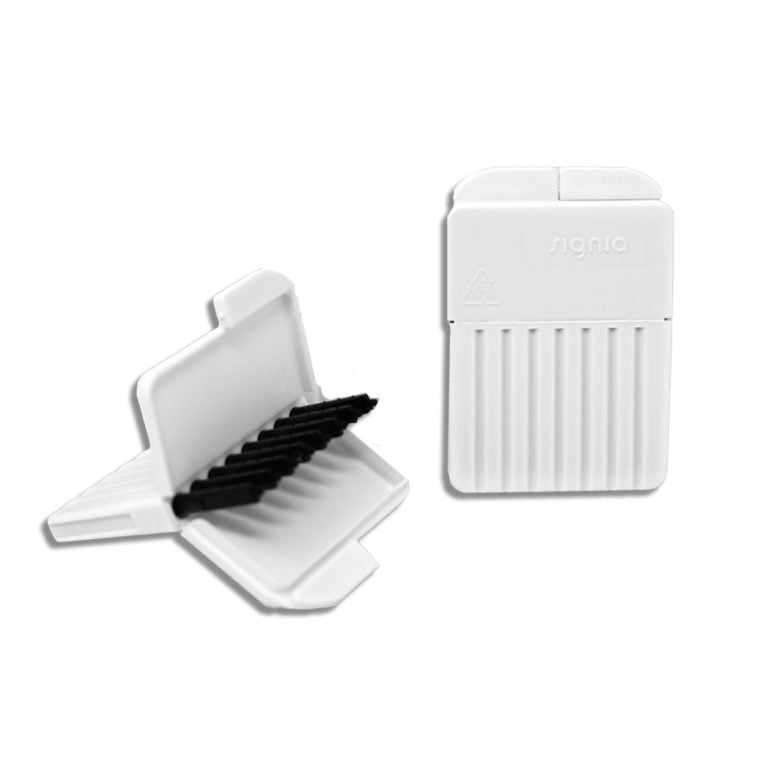
How to Use Wax Guards
Using and maintaining wax guards is a straightforward process, but it’s important to follow these steps to ensure optimal performance of your hearing aids:
- Check Your Hearing Aid Model
Different models of hearing aids may require different types of wax guards. It’s essential to identify the specific type your device uses. This information can usually be found in the user manual or by consulting with your audiologist. Ensuring you have the correct type of wax guard is crucial for effective protection.
- Replace the Wax Guard Regularly
Be attentive to changes in sound quality. If you notice any reduction in sound clarity or volume, it could be a sign that the wax guard is becoming clogged and needs replacing.
Audiologists typically recommend a regular schedule for changing wax guards, often every one to two months, depending on your level of earwax production and daily usage. Following these recommendations can prevent many common hearing aid issues.
- Follow Manufacturer’s Instructions
Each hearing aid brand might have slightly different procedures for changing wax guards. It’s important to follow the manufacturer’s instructions to avoid any damage to your hearing aids.
If the process seems challenging, don’t hesitate to ask for a demonstration during your next visit to the audiologist. Some hearing aid providers also offer instructional videos or step-by-step guides.
- Seek Assistance if Needed
If you’re unsure about how to replace the wax guard or if you encounter difficulties, seek assistance from a professional. Your audiologist can provide guidance and ensure that the wax guard is properly installed, thereby protecting your investment in your hearing aids.
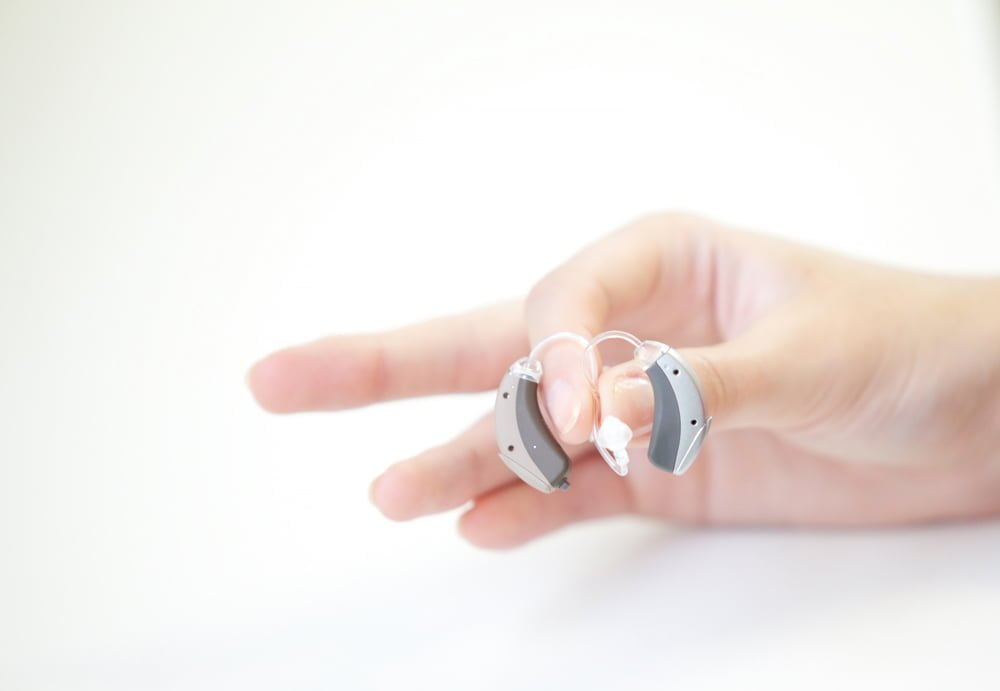
Conclusion
Managing earwax is an essential aspect of hearing aid care. By incorporating regular cleaning, check-ups, and the use of wax guards, you can ensure your hearing aids function optimally and last longer.
At Hearing Aid Accessories, we understand the importance of proper hearing aid maintenance. That’s why we offer a wide selection of high-quality wax guards suitable for various hearing aid models. Browse our range today and find the perfect solution to keep your hearing aids in top condition.
